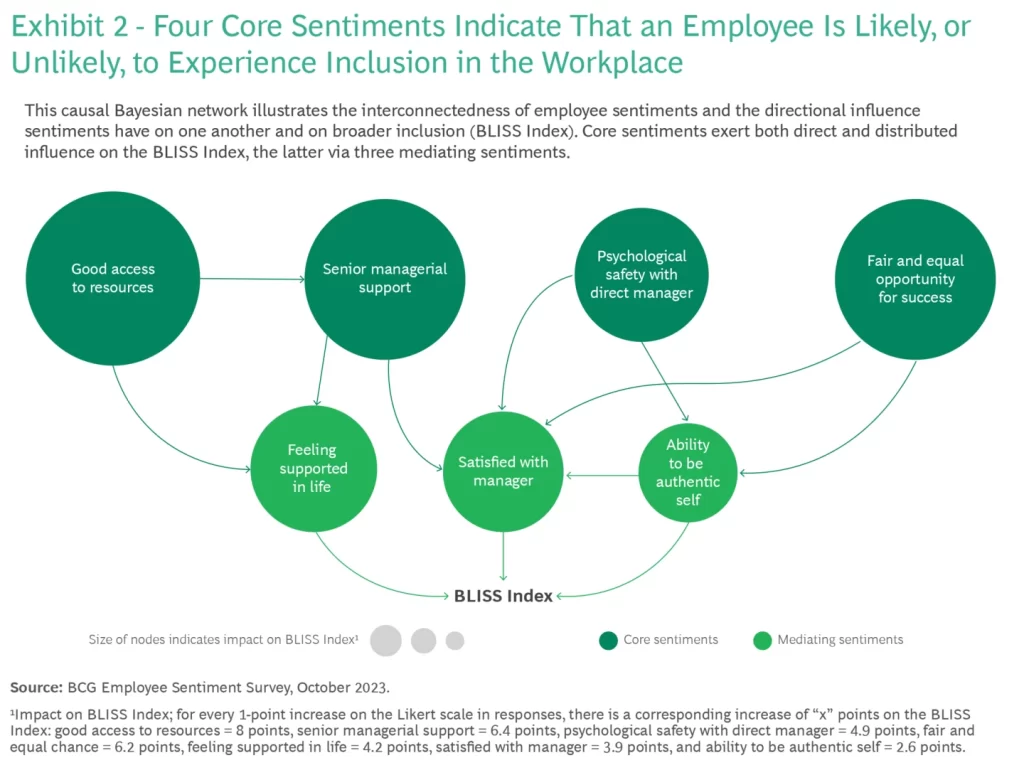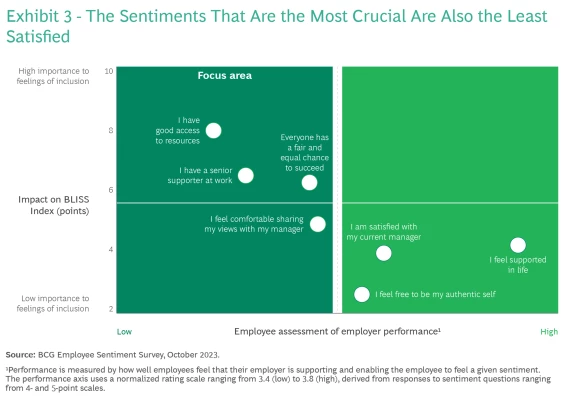July 1, 2024
In the high-stakes world of corporate life, burnout is the silent saboteur – eroding productivity and damaging well-being.
That perfect storm of long hours, relentless deadlines and the ceaseless pressure to perform continues to leave employees drained and disengaged.
Yes, public awareness has improved and yes, executive acknowledgement now exists. But the cascade of physical and mental health problems generated by such a pervasive issue is showing no signs of going away.
As the modern workplace evolves, the urgency to address burnout has never been greater.
“Inclusion doesn’t end at recruitment,” observed Gabrielle Novacek, Managing Director and Partner at Boston Consulting Group (BCG). “It requires listening to workers on an ongoing basis and addressing their pain points. It must address both the employee offer and the daily experience of employees with their managers.”

According to new research by BCG, on average, 48% of workers are currently grappling with burnout.
The report – Four Keys to Boosting Inclusion and Beating Burnout – is based on a large-scale survey of 11,000 desk-based and frontline workers in eight countries, spanning Australia, Canada, France, Germany, India, Japan, UK and US.
Root cause analysis from Novacek – who is a co-author of the report – revealed that when employees feel included at work, burnout is halved. In other words, burnout is highly correlated with low feelings of inclusion.
Considered “central” to building and maintaining a successful group of employees, Novacek said inclusion in the workplace means that people feel “valued, respected, supported, and like they belong”.
The knock-on impact is workers experiencing higher inclusion are also more likely to stay in their jobs, decreasing turnover costs for businesses.
To support this research, BCG quantified inclusion as a score of how inclusive an employee finds the workplace to be – using the company’s BLISS Index, a tool that identifies the factors that most strongly influence feelings of inclusion in the workplace.
The four sentiments that have the greatest impact on employees’ overall sense of feeling included:
According to findings, these signal how much, or how little, people are experiencing inclusion in the workplace. When employees feel that these sentiments are positively addressed in their workplace, they feel more included and less burned out.

Unfortunately, these most important sentiments are also the ones where survey respondents indicated the lowest levels of satisfaction.
“By focusing on the four key areas and diagnosing where they may be falling short in their current efforts to meet their employees’ needs, companies will be able to identify where to invest and innovate to improve feelings of inclusion and reduce burnout,” Novacek added.
“Establishing programs to meet these needs will help employers avoid the costs associated with burnout, be able to attract talent, and reap the benefits of a thriving workforce.”

While burnout is prevalent across all employee types, it’s far higher for certain subgroups.
Women, members of the LGBTQ+ community, people with disabilities, and desk-less workers experienced up to 26% higher burnout. Moreover, these employee groups reported lower inclusion than employees who were in majority groups or were desk-based.
Feeling included means many different things to many different people, however.
Novacek acknowledged that building inclusion can be “daunting” for organisations but focusing on these four most important sentiments gives employers a “clear starting point” to ask workers the right questions and focus their efforts to understand the employee experience.
Inform your opinion with executive guidance, in-depth analysis and business commentary.